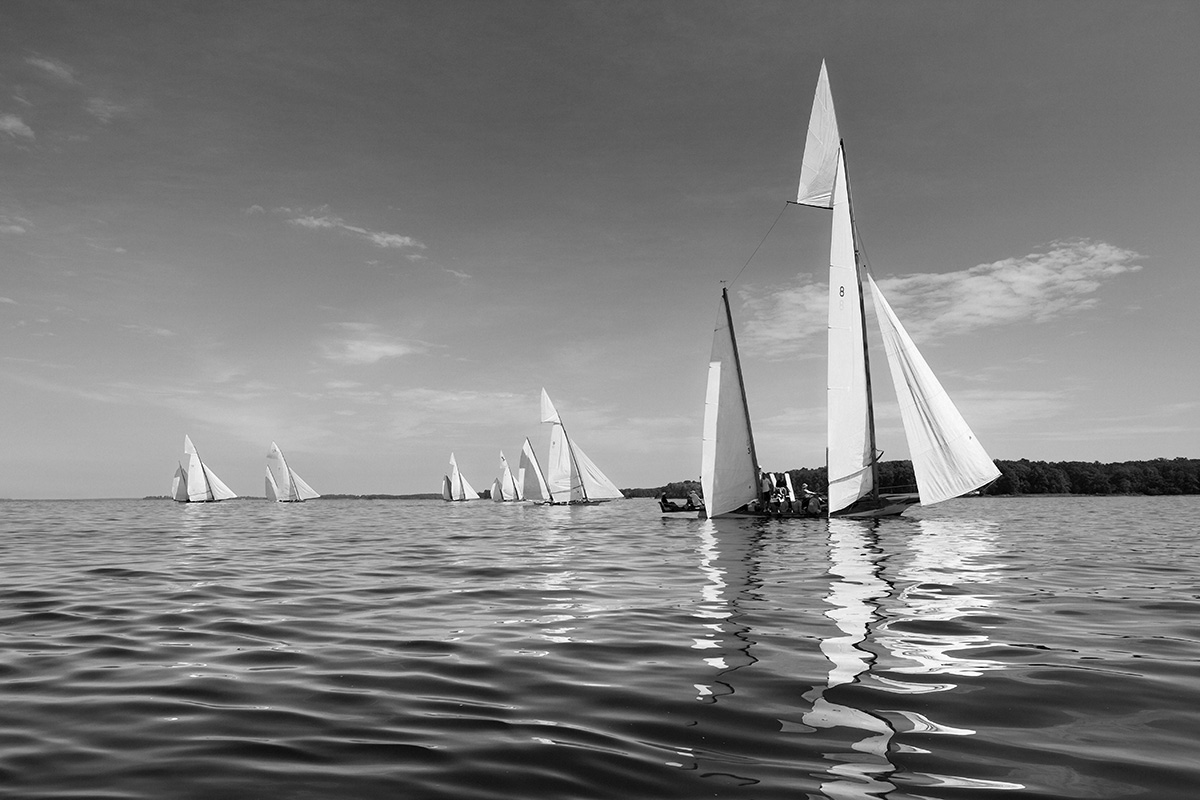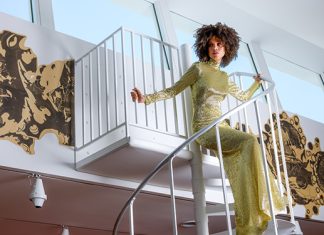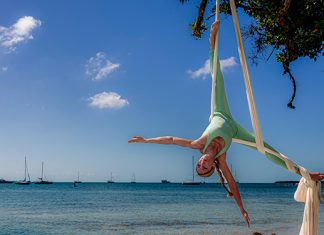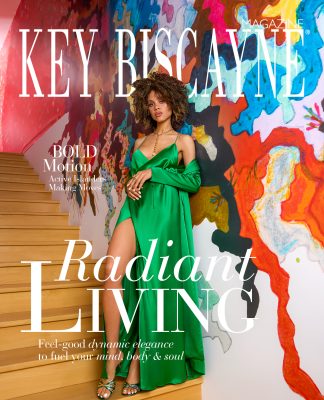The Miami International Boat Show has survived war, recessions, a luxury sales tax on boats, several moves and much more to become the South Florida institution and economic boon it is today. Originally called the Biscayne Boat Show, the first event in 1941 was sponsored jointly by the Miami Junior Chamber Of Commerce and the Marine Industries Association. The displays
featured stock cruisers including Garwood, Owens, Matthews, Forrest Johnson, Prigg; outboard boats including Todd and Century; and engines by Gray, Kermath, Buda, Chrysler and Cummins. A sailboat was awarded to the purchaser of the lucky admission ticket.
Six years later, the first post-war boat show took place in 1947 at the Municipal Auditorium at Bayfront Park. J. Frank Nora, Chairman of the Board of Governors, stated that much enthusiasm was shown by past exhibitors who immediately requested space to display their late models once again. The availability of the city auditorium made it possible for a much more professional quality display on a plane equal with larger shows. The timing after the renowned New York Boat Show made the event even more attractive to national manufacturers. “Word about the show spread to such an extent that the 1948 installment curiously enough drew more out-oftown people than locals as determined by the license plates on the cars that were parked outside the hangers at Dinner Key,” reported show organizers. The explanation was that many local people were kept at their jobs by the rush of winter business. The show that year was two days shorter than the previous year, and the gate admission charge higher. Still, the gate receipts exceeded those of 1947 and sales were double those of a year prior. The biggest boat inside the hanger was a 46-ft. Fly Bridge model Chris-Craft; while outside Meenely displayed one of the new English Vosper 60-footers powered by exciting new twin diesels.
The 1950s started off very well with 143 exhibitors for the 1951 show, a notable increase over the previous year’s already healthy count of 92. A big feature in 1951 was the Marine Florida Marine Forum, which had a decided effect on improving the state’s waterfront facilities.
A few years later, attendance reached a record-breaking 50,000 for the 1953 show, once again set at the Dinner Key Auditorium. “The number of early requests being received from firms considering participation for the first time in 1954 indicates interest greatly intensified,” said Capt. Jack Mason, then President of the Marine Division of the Miami Chamber of Commerce.
The success of the 1962 Miami Boat Show after 6 evenings and 5 afternoon sessions assured the exhibition of the top position amongst other major shows in the country. Dinner Key Marina was an ideal setting with temperatures never falling below 80 degrees. Attendees came early and stayed late, some visiting the immense building and tents housing the exhibits two or three times during their visit. For the first time, nearby Pier 5 was included in the festivities, making available Pier 42 slips for revolutionary in-water demonstrations. Another notable trend was that the boats were larger than before, with Florida boatbuilders in the majority. A few years later, fears that the real or imagined “tight money” of 1967 would discourage sales of pleasure boats was dispelled on the aptly named Gold Coast when the 26th Miami International Boat Show closed and its receipts totaled up. Sales were good

across the board and excellent for large craft. Chris-Craft reported “the best Miami Boat Show they’ve ever taken part in.” Organizers also said attendance records showed 171,495 attendees, despite moving to January to avoid a schedule conflict with the National Boat Show in New York. The following year saw the show move back to its February dates with a new location, the Miami Beach Convention Center where it would remain through 2015.
During the 1970s, ‘80s and ‘90s, the show grew exponentially with additional venues and the show’s most significant change in its history was its purchase by the National Marine Manufacturer’s Association (NMMA) to add to their roster of shows across the country. Amongst the NMMA’s innovative ideas was the “New For 2011” Dive & Travel Harbor. This “show within a show” exhibited everything from the latest dive gear to boating adventures, nautical destinations and marinas. Future shows included the Big Game Room with its Marlin Bar and the Discover Boating Center.

Traditionally a boating destination, complete with a deep water basin and direct proximity to the water, Miami Marine Stadium Park & Basin provides an island oasis for attendees to truly enjoy all the boating lifestyle has to offer.
In 2016, the 75th Anniversary of the Miami International Boat Show saw the show get yet another new location
— back to where it started in 1941. “It was a historical moment for all of us,” said Cathy Rick-Joule, VP, Retired, of the Miami International Boat Show for NMMA. “Traditionally a boating destination, complete with a deep water basin and direct proximity to the water, Miami Marine Stadium Park & Basin provides an island oasis for attendees to truly enjoy all the boating lifestyle has to offer.”

Concludes Richard Shaw, life-long attendee: “I remember being a little kid and crawling around the boats of the exciting new Biscayne Boat Show,” he says. “I’ve gone just about every year since. I’ve bought boats, purchased toys for my boats, ate great food and planned vacations. The show is a significant part of my life. Living in Miami wouldn’t have been the same for me without it. I’m very much looking forward to the all-in-one-location format this year.”













